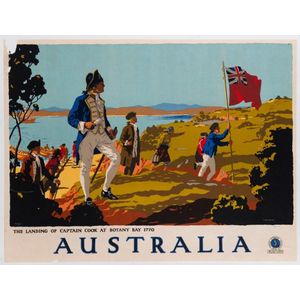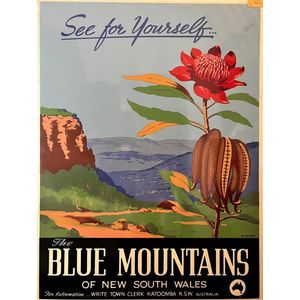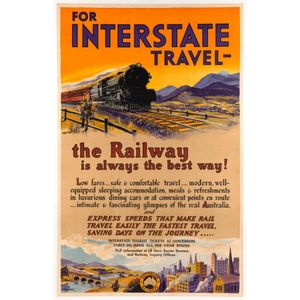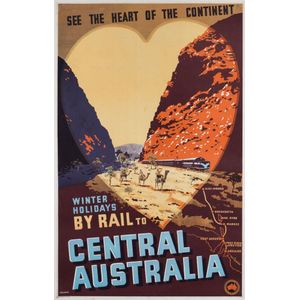The history of posters begins in the 15th century with woodcut broadsides, which were crude, text-heavy announcements selling everything from religious indulgences to political decrees. But the modern poster as we know it, emerged in the late 19th century, propelled by the Industrial Revolution and the blossoming field of lithography. This new technology allowed for mass production of vibrant, colourful images, perfect for capturing the attention of urban crowds.
Paris of the 1920s became the artistic hub for these posters. Jules Chéret, the "father of the modern poster," seduced onlookers with his graceful Art Nouveau figures promoting theatres and
more...
nightclubs. Alphonse Mucha, conjured up otherworldly beauty with his flowing gowns and dreamy landscapes for products like Sarah Bernhardt's theatrical productions.
The poster's purpose expanded in the early 20th century. Consumer brands like Coca-Cola and Guinness employed bold typography and iconic imagery to etch themselves into public consciousness. Political movements, too, seized upon the poster's persuasive power. Soviet propaganda posters with their heroic workers and steely gazes rallied support for the communist cause, while British wartime posters like "Keep Calm and Carry On" urged stoicism in the face of Nazi aggression.
Throughout the decades, the poster evolved with the times. The sleek minimalism of Art Deco graced cigarette advertisements, while Pop Art's bold colors and ironic imagery parodied consumer culture. The anti-war and civil rights movements of the 1960s and 70s found powerful expression in posters featuring clenched fists and raised voices. And with the digital revolution, posters transcended physical walls, finding new life on websites and social media, their reach amplified yet again.
The poster's legacy endures today, as it continues to be a canvas for artistic expression, adorning gallery walls and inspiring contemporary designers. It remains a potent tool for activism, with climate change and social justice.
less...
Percival Albert (Percy) Trompf (1902-1964) was an Australian commercial artist best known for his travel posters, books, advertising hoardings and pamphlets promoting the nation's tourist industry and Australian and international corporations and companies. His colour lithography was recognised as distinctive during his career and since, Art Deco in style, and innovative in its use of flat colour.
Trompf was born on 30 May 1902 in Beaufort, Victoria. His family later moved to Ballarat, and he was educated at Sebastopol Primary School. He became one of the earliest students at the Ballarat School of Mines' Ballarat Technical Art School
more...
where he left with his certificate in 1917.
In 1923, Trompf moved to Melbourne and joined the commercial art firm of Giles & Richards. He remained with the firm for two years, before setting up his own studio in 1925. Trompf's early work was largely in the field of advertising, and he designed posters and hoardings for a variety of clients, including the Australian National Travel Association, the Victorian Railways, and the Queensland Government Tourist Bureau. He also designed chocolate boxes and wrappings for the confectioners A. W. Allen Pty Ltd.
In the 1930s, Trompf's work began to focus more on travel posters. His posters were characterised by their bold colours, simple designs, and evocative imagery. They were highly successful in promoting Australia to tourists both domestically and internationally. Trompf's posters for the Australian National Travel Association are particularly well-known, and they continue to be reproduced and admired today. In addition to his travel posters, Trompf also designed a number of books and pamphlets.
Trompf's work was highly acclaimed during his lifetime. He was awarded the Gold Medal at the International Poster Biennale in Paris in 1937, and he was made a Fellow of the Royal Australian Institute of Painters in 1954.
Percy Trompf died in 1964 at the age of 62. His work is held in the collections of the National Gallery of Australia, the National Library of Australia, and the State Library of Victoria and his posters are also highly prized by collectors.
less...





![Percy Trompf [1902-1964], Victorian & Melbourne Centenary…](https://img.carters.com.au/300x300/dce45479cdb2c943bc9c69f0eab2763f.jpg)
 Loading more...
Loading more...